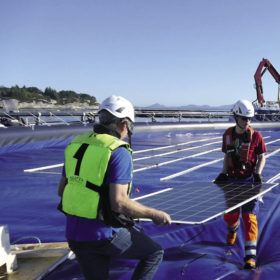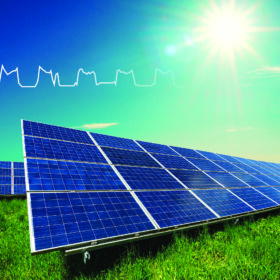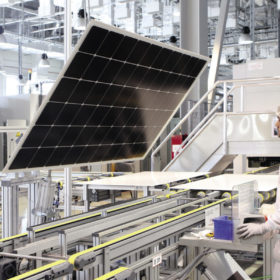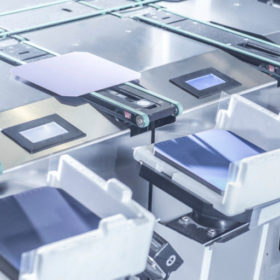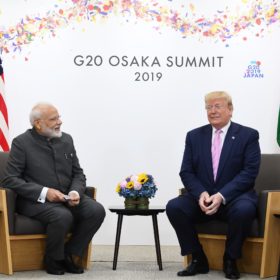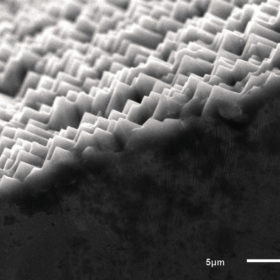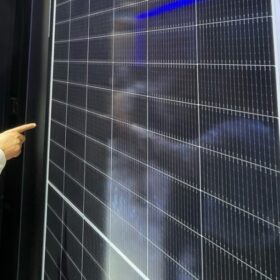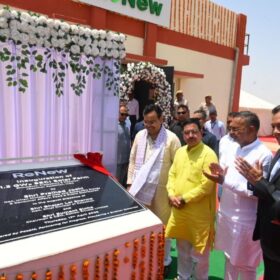Solar panel demand expected to reach 125.5 GW in 2019, TrendForce says
According to the Taiwanese market research company, PV panel demand will increase by 16% over 2018 shipments. TrendForce also believes this growth trend will continue in 2020.
Rajasthan Electronics & Instruments tenders 5W solar cells
Jaipur-based Rajasthan Electronics & Instruments Limited has invited bids to supply 5000 quantities of 5W crystalline silicon solar cells. Bidding will close on July 17.
Has solar lost its sheen for India’s EV push?
While India’s recent union budget announced steps to create an electric vehicle market, the solar sector still has issues that have not been addressed.
Rajasthan Electronics tenders for supply of solar modules
Jaipur’s Rajasthan Electronics & Instruments Limited has invited bids from Indian manufacturers for the supply of 75 Wp solar modules based on crystalline silicon technology. Bidding will close on July 19.
The long read: Explosion of cell and module technology
With half-cut, bifacial, shingle cell, and heterojunction designs being deployed at the scale of hundreds of megawatts, it is an exciting time to be in solar cell and module technology.
The long read: The glue that binds HJT
The push towards higher-efficiency technologies drives innovation right across the supply chain. Long proven in the electronics industry, an electrically conductive adhesive (ECA) is now being deployed in heterojunction production, facilitated by new equipment.
India wins WTO solar dispute against US
A World Trade Organization panel has found a U.S. move to incentivize the use of domestic solar products put imported goods from India and other countries at a disadvantage.
Researchers develop method to synthesize graphene from abundant eucalyptus bark
Australian and Indian scientists have developed a method of manufacturing soluble graphene in a cost-effective and eco-friendly way from one of Australia’s most common resources, gum trees.
SECI revamps manufacturing-linked mega solar tender
Global bids are now invited to set up 2 GW of solar manufacturing capacity linked to 6 GW of inter-state-connected solar power projects. The projects—to be developed on ‘build-own-operate’ basis—shall be awarded through tariff-based competitive bidding followed by e-reverse auction. Tariff ceiling is fixed at Rs 2.75/kWh for a period of 25 years. Bidding closes on July 26.
The long read: High efficiency requires high quality cutting
There is a sense in the PV cell and module market at the mid stage of 2019 that the push towards high-efficiency cell architectures is accelerating. This makes the case for half-cut cells in a module more compelling, and the quality of the cut edge vital – argue laser process suppliers.
